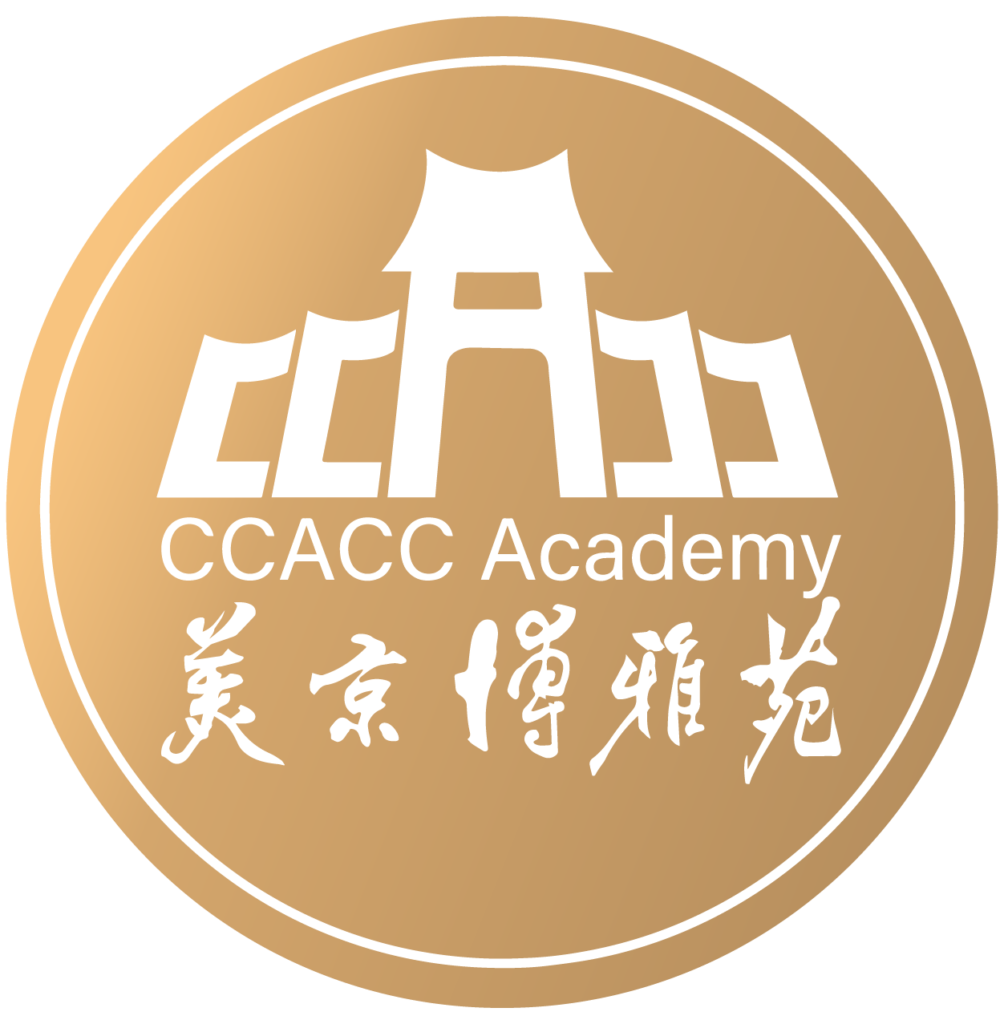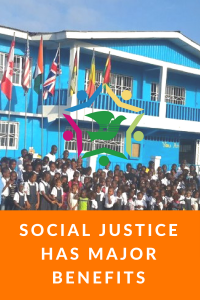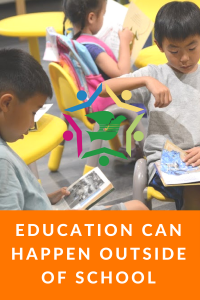During challenging times, it can be easy to become paralyzed, due to uncertainty. Unfortunately, this mentality can translate to our children being sedentary as well. Trying times are actually good times to fight the lack of inertia and get creative. There are several reasons to pursue a creative outlet such as visual arts during this time.
First, creative time is productive time. Imagine that rather than sitting around, your child is actively engaging in a hands-on project. While providing a creative outlet, it allows them to learn, problem solve, and have a sense of accomplishment.
Second, a creative outlet can help to make sense of emotions. If a child misses a friend or special activities, or does not fully understand why they cannot travel to see distant family, they can translate these emotions to creative expression. Rather than lashing out or hiding out in their rooms, they can productively share how they feel and concerns they have through artistic endeavors.
Third, creative expression can help to expand your reality. While being cooped up, creativity provides breathing room; it opens our hearts and our minds to possibilities. Particularly during quarantine, where there are not places to go or more physically active options to pursue, creativity allows for travel of the mind and eases cabin fever.
If you are looking for a creative outlet for your child that you do not need to facilitate, look no further than The Cathay School Virtual Arts Summer Camps. Camp subjects range from traditional drawing and painting courses to digital art, to recycled art, and fashion. Take a look and register today: https://shop.ccaccacademy.org/product-category/2020-online-camp/!


